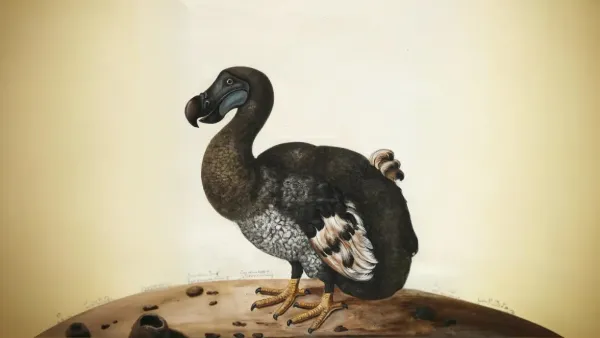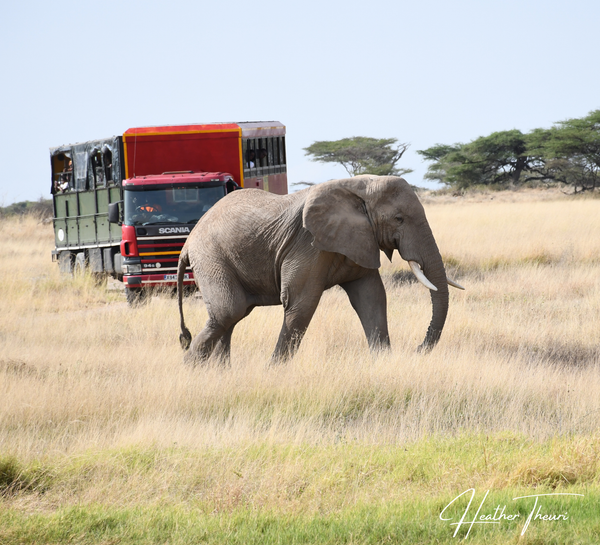Whale Falls: Life After Death in the Deep Sea
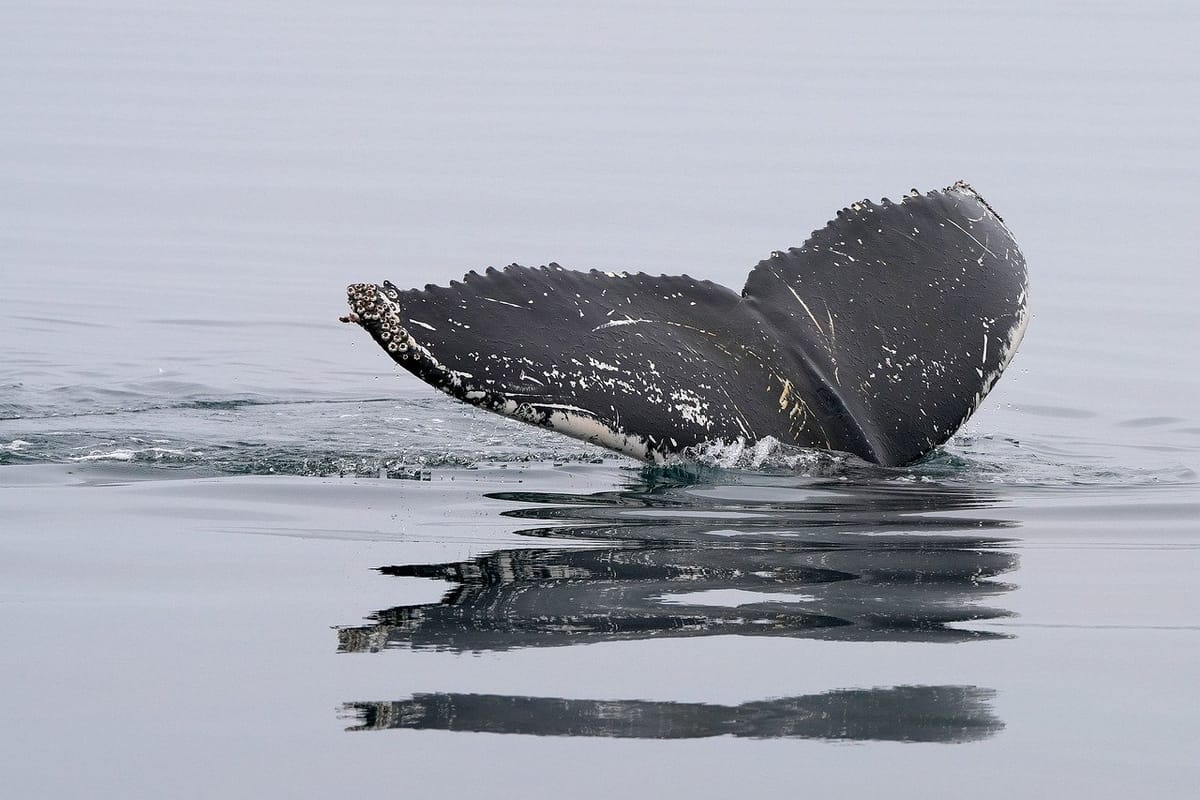
Whale Falls: The Deep-Sea Feast You Didn’t Know Existed 🌊🐋
Ever wondered what happens to Whales when they die? When a whale's journey through life ends, it takes on an extraordinary new role: feeding and sustaining a deep-sea ecosystem. This phenomenon, called a Whale fall, is one of nature’s most fascinating events. It’s like a buffet for the ocean floora rare and spectacular feast! Let’s dive in and explore this step-by-step marvel.
When a whale dies, its massive body begins its final journey down to the seafloor. If gases from decomposition don’t keep it floating, the whale sinks into the dark, nutrient-scarce deep ocean.
Imagine this: a giant creature weighing up to 150 tons slowly drifting into the abyss. What happens next is the start of something extraordinary.
The moment the whale carcass lands, deep-sea scavengers like hagfish, sharks, and crabs rush to the scene. It’s a frenzy as they strip away the soft tissues, devouring this unexpected feast. Depending on the whale's size, this phase can last for months or even several years!
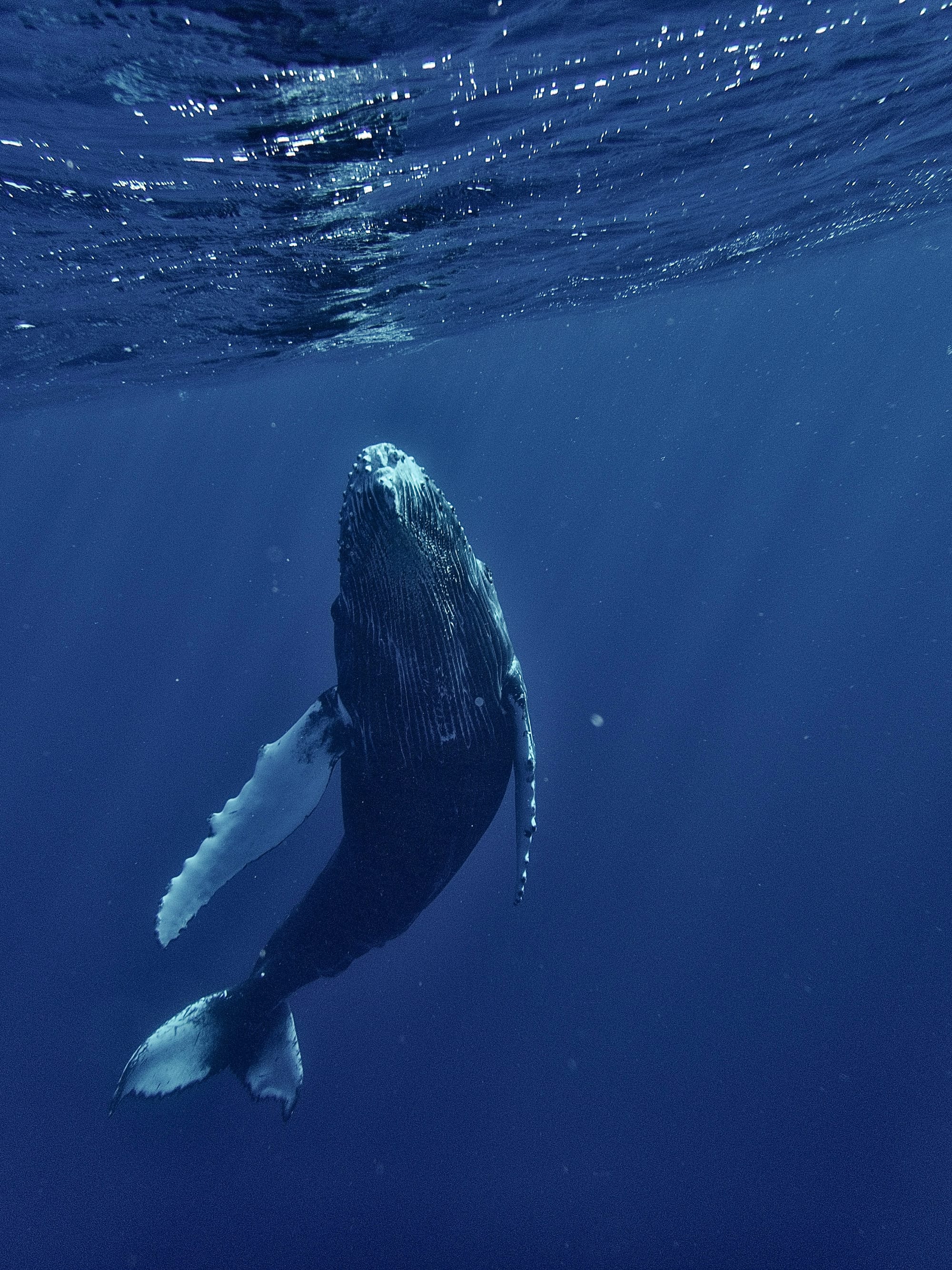
When most of the flesh is gone, the second wave of diners shows up. Tiny creatures like worms, amphipods, and snails take over. They feast on the oily leftovers in the surrounding sediments. It’s like the after-party cleanup crew but way cooler.
Now it’s time for the bones to shine, literally. Packed with lipids (fats), the Whale’s skeleton becomes a hub for sulfate-reducing bacteria, which generate hydrogen sulfide. This gas powers a unique chemosynthetic ecosystem, similar to what you’d find at hydrothermal vents.
Cue the arrival of:
- Mussels and clams with symbiotic bacteria.
- Osedax worms (nicknamed “zombie worms”) that eat bones for a living!
This stage can last decades, proving that even bones can keep giving.
A single whale fall can support up to 140 species, many of which are specially adapted to this unique environment. It’s an underwater oasis in the desert-like deep sea. These ecosystems are so rich that some scientists call Whale Falls “islands of biodiversity.”
Whale falls don’t just feed scavengers, they connect entire ecosystems. They act as stepping stones for species to migrate across the vast ocean floor, linking distant habitats. And they can last up to 100 years, depending on environmental conditions and the Whale’s size.
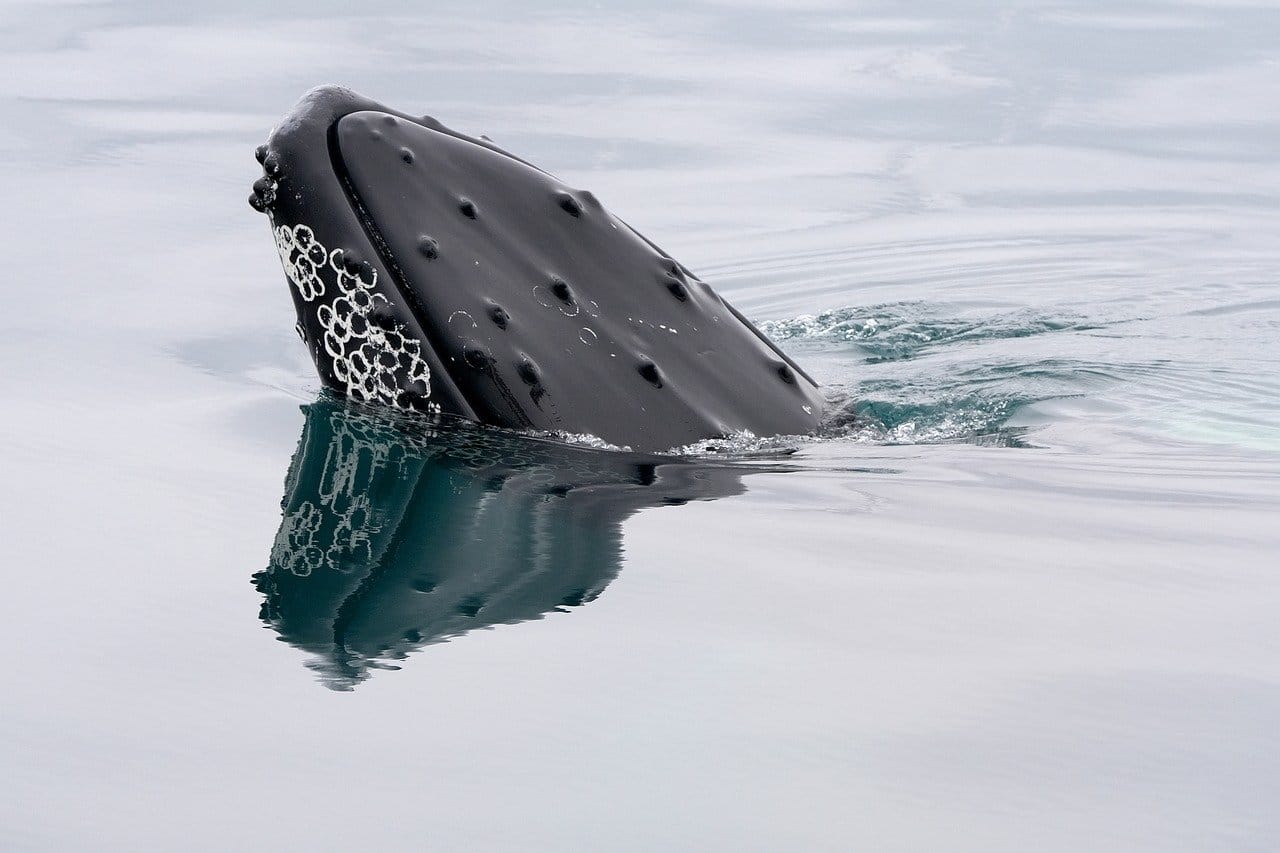
Cool Whale Fall Facts 🐳
- Fewer than 50 whale falls have been studied. Finding one is like discovering buried treasure. 🪙
- Some scientists believe these events helped shape the evolution of deep-sea creatures.
- Whale falls might even serve as underwater highways, helping species spread across the deep.
So, the next time you think about whales, remember this: their legacy doesn’t end with their last breath. They continue to fuel life and biodiversity in the ocean’s most mysterious depths. 💙
If you’re fascinated by the wonders of the natural world, stay tuned for more deep dives into incredible phenomena like this! 🌍✨
Sincerely,
Blue 💙
References:
- Smith, C. R., & Baco, A. R. (2003). Ecology of whale falls at the deep-sea floor. Oceanography and Marine Biology Annual Review, 41, 311–354.
- Higgs, N. D., Little, C. T. S., & Glover, A. G. (2014). Whale falls: Chemosynthetic ecosystems in the deep sea. Wiley Interdisciplinary Reviews: Climate Change, 5(2), 290–295.
- Treude, T., Smith, C. R., Wenzhöfer, F., Carney, E., Bernardino, A. F., Hannides, A. K., Krüger, M., & Boetius, A. (2009). Biogeochemical processes at a deep-sea whale fall: Rates of sulfate reduction, sulfide efflux, and methanogenesis. Marine Ecology Progress Series, 382, 1–21.
- Rouse, G. W., Goffredi, S. K., & Vrijenhoek, R. C. (2004). Osedax: Bone-eating marine worms with dwarf males. Science, 305(5684), 668–671.
- Smith, C. R., Glover, A. G., Treude, T., Higgs, N. D., & Amon, D. J. (2015). Whale-fall ecosystems: Recent insights into ecology, paleoecology, and evolution. Annual Review of Marine Science, 7, 571–596.



